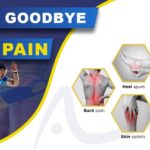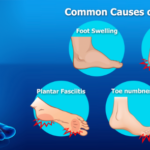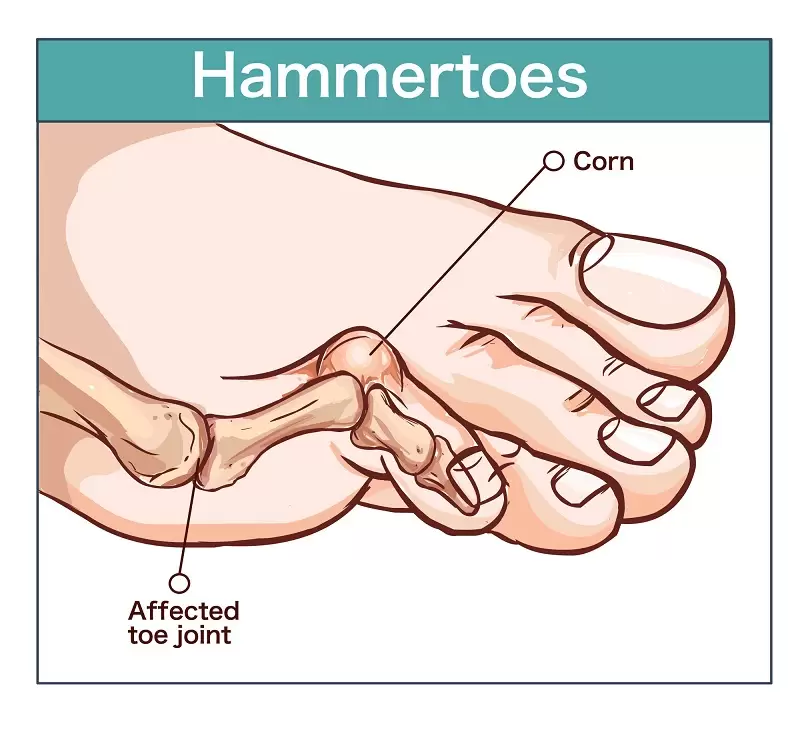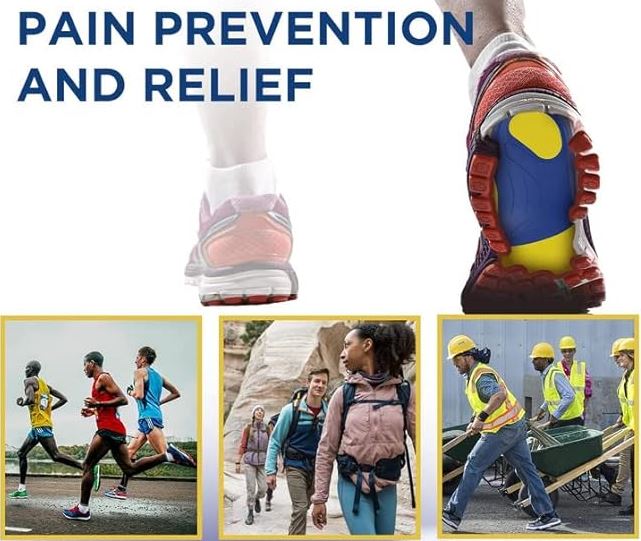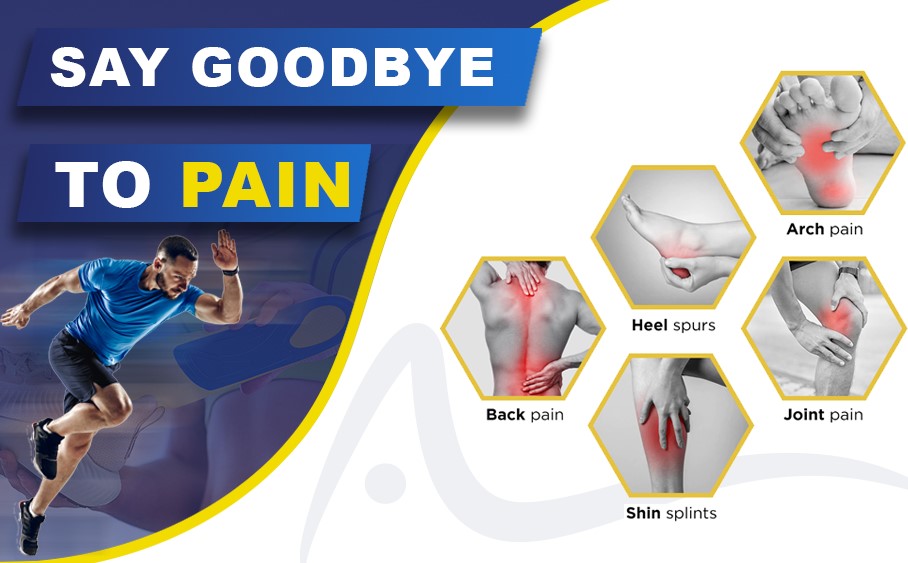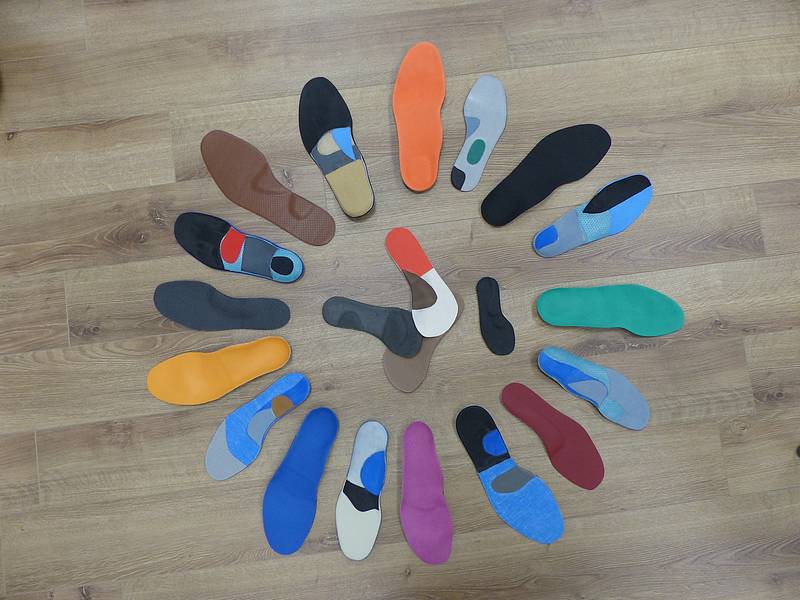Hammer toes, a condition where toes bend or curl downward instead of pointing forward, can be distressing and affect one’s daily life significantly. Understanding the causes, effects, and available solutions is crucial for managing this condition and finding relief.
Introduction to Hammer Toes
Hammer toes, a prevalent foot condition, can significantly impact daily life. This deformity affects the toes, causing a bending or curling downward at the middle joint, resembling a hammer. The condition can be uncomfortable, causing pain, corns, or calluses due to the rubbing against footwear.
It’s essential to understand the mechanics behind hammer toes, including the various factors contributing to their development. From ill-fitting shoes to genetic predispositions or injuries, several elements can trigger this condition.
Recognizing the symptoms early on is crucial for timely intervention. Typically, individuals with hammer toes experience discomfort, stiffness, and notice a change in the appearance of their toes. Understanding these signs can prompt necessary lifestyle adjustments or seeking professional guidance.
In essence, unraveling the complexities of hammer toes is vital to address the discomfort they cause and explore effective solutions for relief.
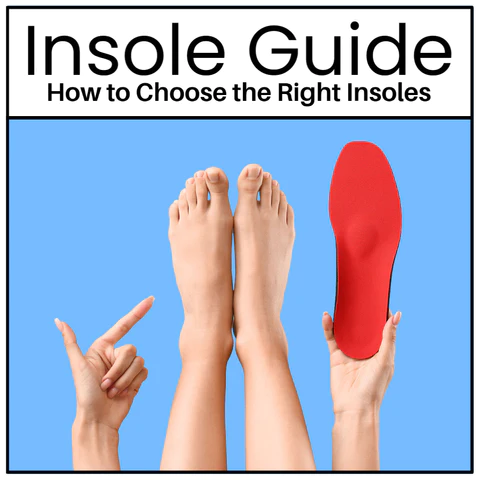
Understanding Arch Support
Arch support plays a pivotal role in maintaining foot health and addressing various foot conditions, including hammer toes. The arches of the feet, composed of bones, ligaments, and muscles, provide structural support, absorbing the body’s weight during movement.
However, when these arches are strained or weakened, it can lead to discomfort and conditions like hammer toes. Arch support involves providing additional support to these structures, aiding in distributing weight evenly across the foot.
Different types of arch supports are available, ranging from orthotic shoe inserts to specialized footwear designed to provide adequate support to the arches. These supports can help alleviate pressure on the toes and joints, reducing pain and discomfort associated with hammer toes.
Understanding the importance of proper arch support involves recognizing its ability to improve foot alignment, reduce strain on muscles and ligaments, and enhance overall comfort during daily activities.
Effects of Hammer Toes
Hammer toes can have various effects on an individual’s daily life and foot health. Primarily, the deformity causes the affected toes to bend or curl downwards, leading to discomfort and pain. This discomfort can escalate due to friction against footwear, resulting in corns, calluses, or even ulcers in severe cases.
The altered position of the toes can also affect one’s gait and balance, potentially leading to difficulties in walking or engaging in physical activities. Over time, the condition might restrict toe movement, impacting flexibility and causing stiffness in the affected toes.
Moreover, hammer toes can lead to emotional distress or self-consciousness, particularly if the visible deformity affects one’s confidence in wearing certain types of shoes or being barefoot.
Understanding these effects emphasizes the importance of timely intervention and appropriate measures, such as arch support and lifestyle adjustments, to mitigate discomfort and maintain optimal foot health.
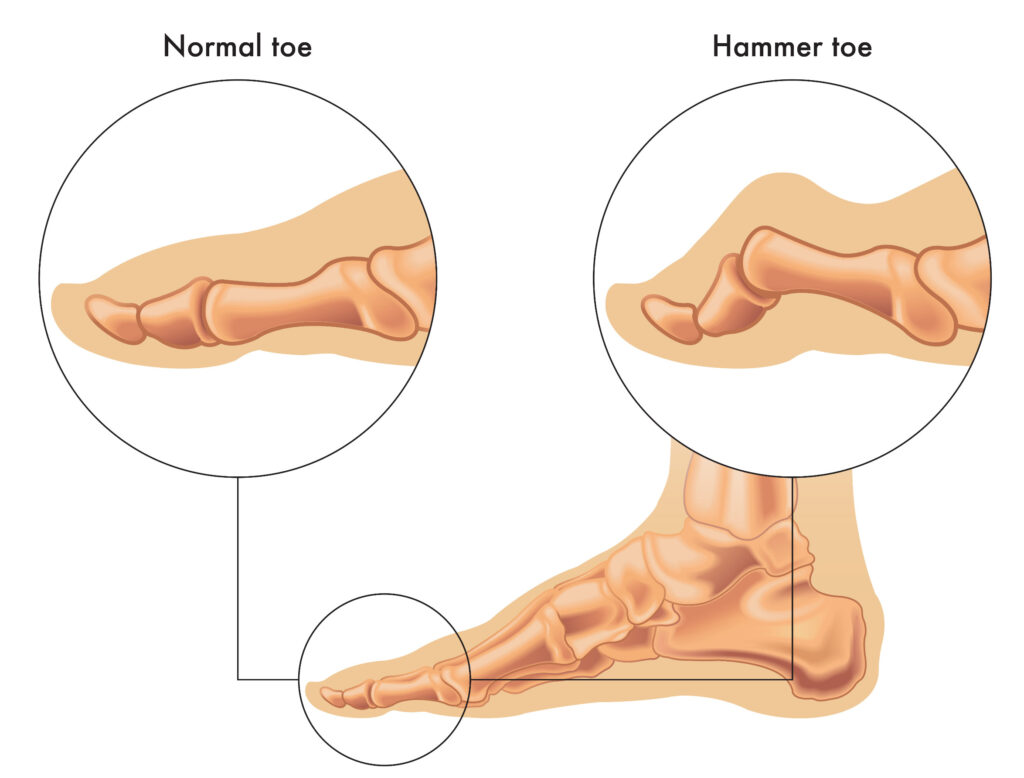
Arch Support Solutions
Arch support solutions are vital in managing conditions like hammer toes and promoting overall foot health. Various options cater to different needs and levels of support required:
- Orthotic Inserts: These are custom-made or over-the-counter inserts designed to provide specific support to the arches of the feet. They can be placed inside regular shoes and offer additional cushioning and stability.
- Specialized Footwear: Shoes designed with built-in arch support offer a practical solution. These shoes provide adequate cushioning and alignment, reducing the strain on the toes and supporting the natural arches of the feet.
- Toe Splints or Crest Pads: These devices are worn inside the shoes and specifically target the affected toes, helping to straighten and realign them, relieving pressure and discomfort.
- Exercises and Stretches: Certain exercises and stretches can strengthen the muscles in the feet and toes, providing natural support and alleviating some of the discomfort associated with hammer toes.
Choosing the right arch support solution depends on individual needs, foot structure, and the severity of the condition. Seeking guidance from a healthcare professional or a podiatrist can aid in selecting the most effective and suitable option for managing hammer toes.
Exercises and Stretches
Exercises and stretches tailored for hammer toes can play a significant role in relieving discomfort and improving flexibility in the affected toes. Here are some beneficial exercises:
- Toe Crunches: Sit comfortably and place a small towel on the floor. Use your toes to scrunch the towel toward you, engaging the muscles in your toes. Repeat this movement several times.
- Toe Extensions: Sit with your feet flat on the floor. Lift your toes upward as much as possible, hold for a few seconds, and then lower them back down. Repeat this motion to stretch and strengthen the toe muscles.
- Toe Spreading: Sit or stand barefoot and spread your toes as wide as you can without straining. Hold this position for a few seconds, then relax. Repeat several times to enhance toe flexibility.
- Marble Pick-Up: Place marbles on the floor and use your toes to pick them up and place them into a container. This exercise helps improve dexterity and strengthens the toe muscles.
- Toe Yoga: Try yoga poses that involve stretching and flexing the toes, such as the toe squat or toe stretch pose, to promote toe mobility and strength.
Performing these exercises regularly can aid in reducing discomfort, increasing flexibility, and strengthening the muscles in the toes, offering relief from hammer toe symptoms.
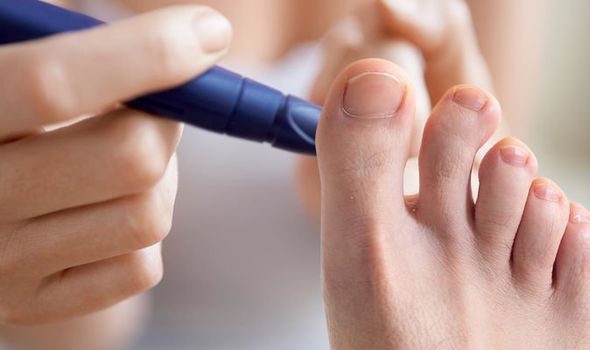
Medical Interventions
In cases where conservative measures like arch support and exercises aren’t sufficient, medical interventions might be necessary for managing hammer toes. Here are some medical options:
- Padding or Strapping: Foot padding or strapping can help alleviate pressure on the affected toes, reducing discomfort and preventing further irritation.
- Medication: Over-the-counter pain relievers or anti-inflammatory medications may be recommended to manage pain and inflammation associated with hammer toes.
- Injections: In some instances, corticosteroid injections might be administered to reduce inflammation and alleviate pain in the affected area.
- Physical Therapy: A physical therapist can provide specialized exercises and techniques to improve toe flexibility and strengthen surrounding muscles, aiding in symptom management.
- Surgical Options: For severe cases or when conservative methods fail, surgery might be considered. Surgical procedures aim to straighten the affected toes, remove deformed bone, or release tightened tendons to improve toe alignment and function.
Consulting a healthcare professional or a podiatrist is crucial to determine the most suitable medical intervention based on the severity of the condition and individual health factors.
DIY Home Remedies
Several do-it-yourself (DIY) home remedies can complement professional treatments and provide relief for hammer toes. These remedies focus on reducing discomfort and promoting foot health:
- Warm Water Soaks: Soaking your feet in warm water with Epsom salts can help relieve soreness and relax the muscles in the toes.
- Toe Exercises: Regularly performing toe exercises and stretches, as mentioned earlier, can be beneficial in improving toe flexibility and strength.
- Foot Massage: Massaging the feet and toes can alleviate tension, improve circulation, and provide relief from discomfort caused by hammer toes.
- Footwear Modifications: Wearing shoes with a roomy toe box and avoiding high heels or narrow shoes can reduce pressure on the toes and prevent further aggravation of the condition.
- Toe Splints: Using toe splints or separators, available at many drugstores, can help straighten and realign the toes, reducing discomfort.
- Ice Packs: Applying ice packs wrapped in a cloth to the affected area can help reduce inflammation and alleviate pain.
- Corn Pads or Cushions: Over-the-counter pads or cushions can provide additional padding and reduce friction, preventing corns or calluses from forming.
While these DIY remedies can offer temporary relief, it’s essential to consult a healthcare professional for a comprehensive assessment and guidance tailored to your specific condition and needs.
Prevention Tips
Preventing the progression of hammer toes involves adopting proactive measures to maintain optimal foot health. Here are some prevention tips:
- Footwear Selection: Choose shoes that provide ample room for your toes and avoid narrow or tight-fitting footwear. Opt for shoes with a wide toe box to prevent constriction.
- Proper Shoe Fit: Ensure that your shoes fit well and don’t put excessive pressure on your toes. Regularly check shoe sizes as feet can change over time.
- Toe Exercises: Incorporate regular exercises and stretches specifically targeting toe flexibility and strength to prevent muscle imbalance and deformities.
- Avoid High Heels: Limit the use of high-heeled shoes, as they can force the toes into an unnatural position, contributing to toe deformities.
- Regular Foot Checks: Periodically inspect your feet for any signs of deformities, discomfort, or changes in toe alignment. Early detection can prompt timely intervention.
- Orthotic Inserts: Consider using orthotic shoe inserts or arch supports to provide additional cushioning and support for your feet, reducing the risk of developing hammer toes.
- Maintain Healthy Weight: Excess weight can put additional strain on the feet and toes. Maintaining a healthy weight can reduce the risk of foot conditions like hammer toes.
- Foot Care Routine: Maintain good foot hygiene and care by keeping your feet clean, dry, and moisturized. Trim toenails regularly to prevent issues related to nail growth.
By incorporating these preventive measures into your routine, you can minimize the risk of developing or worsening hammer toes, promoting overall foot health and comfort.
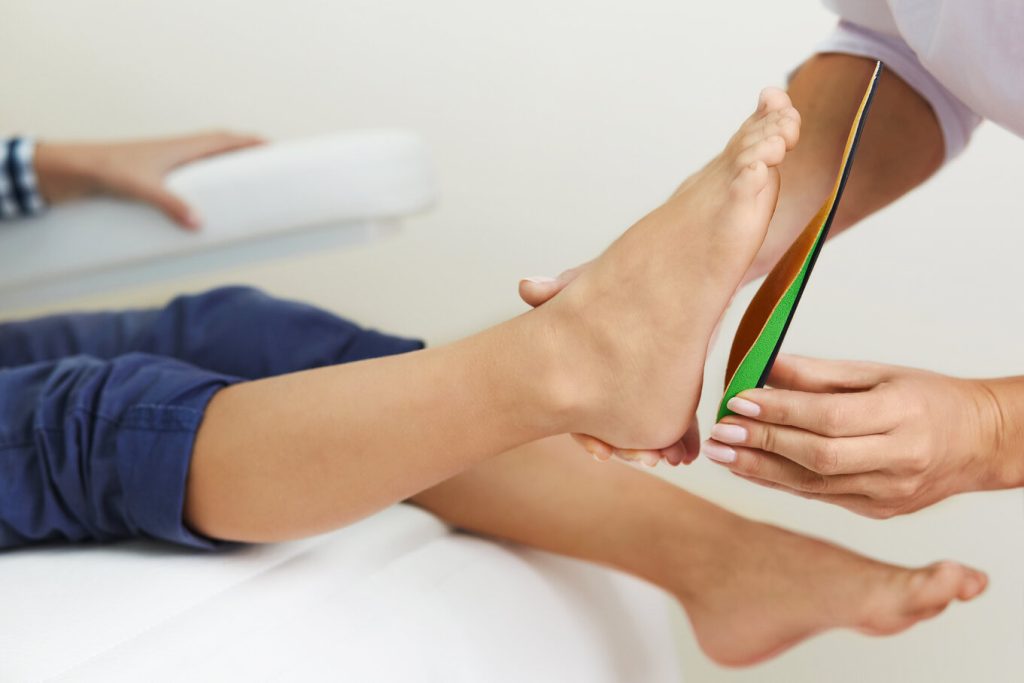
Conclusion
In conclusion, managing hammer toes involves a multifaceted approach that includes understanding the condition, incorporating suitable arch support, exploring various treatments, and adopting preventive measures. By prioritizing foot health and seeking appropriate care, individuals with hammer toes can find relief and improve their overall well-being.
FAQs
- Can hammer toes be reversed without surgery?
- How do I know if I need arch support for my hammer toes?
- Are there specific shoes recommended for hammer toe relief?
- Can exercises alone fix hammer toes?
- What are the risks associated with surgical intervention for hammer toes?


